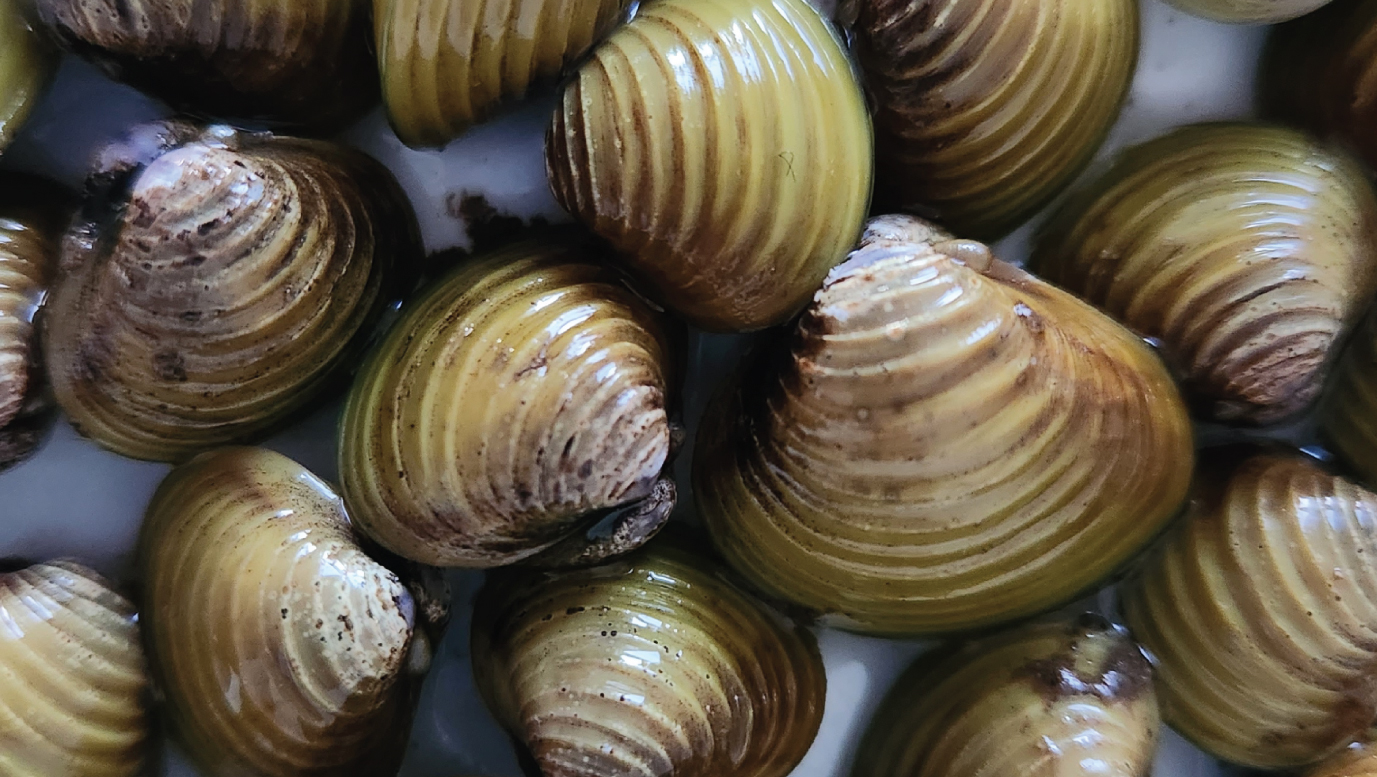Tuesday 16 January 2024
Council and Biosecurity NZ are asking residents to follow Check, Clean and Dry guidelines to stop the spread of the invasive freshwater Gold Clam.
Michele Frey, Council’s Liveable Communities’ Director says the clam (Corbicula Fluminea), has been declared an unwanted organism under the Biosecurity Act 1993.
“The clams are unwanted as they can reproduce very rapidly, up to 400 juveniles a day, which can out-compete native species for both food and space.
“They’re of particular concern because they can clog up river infrastructure like treatment plants, electricity generators and irrigation systems.
“They’re spread accidently by humans so it’s extremely important that we follow the check, clean, dry guidelines for our freshwater rivers and lakes.
“We’re also asking that residents report any sightings of the clam to Biosecurity New Zealand.
“They’re typically found in the slightly salty, brackish water of estuaries and often partially buried in sand or mud.
“The clams are a dirty white, yellow or tan, with a distinctive ribbed texture on the shell.”
Biosecurity New Zealand has been working diligently with iwi in the Waikato, Rotorua and Taupo regions and with other partner groups to help prevent wider spread of gold clams outside of the Waikato region.
If you see a freshwater gold clam, note the location, take a photo and contact Biosecurity New Zealand on 0800 80 99 66.
CHECK, CLEAN, DRY guidelines around New Zealand’s freshwater lakes and rivers are as follows:
CHECK – For what is visible.
Before leaving a waterway remove any visible matter, including any clams you see, along with plant material or mud, and make sure to drain all river/laker water from your equipment.
CLEAN – For what is not visible.
Washdown all gear, vehicle, watercraft or trailers that have been in contact with river or lake water, with tap-water onto grass.
Treat residual water that always occurs when on-board ballast bladders or tanks have been pumped. For absorbent surfaces and materials (for example clothing, wetsuit, waders, booties) that have been in contact with river or lake water use an appropriate treatment 1. Soak in hot tap water (55°C) for at least 5 minutes 2. Soak in household bleach in a 10% (1 to 10) ratio with water for 1 hour 3. Freeze until solid.
DRY – To be sure.
Ensure gear is to dry to touch, inside and out. Leave it to dry for at least 48 hours (2 days) before using again.
Hand dry areas inside boats and other watercraft where water has pooled, for example with an old towel, and then leave the craft to dry for at least 2 days.

